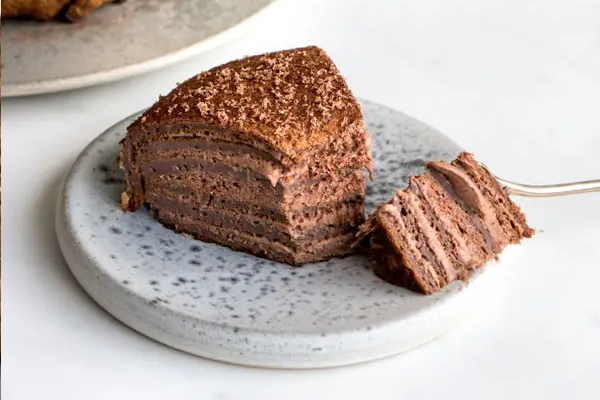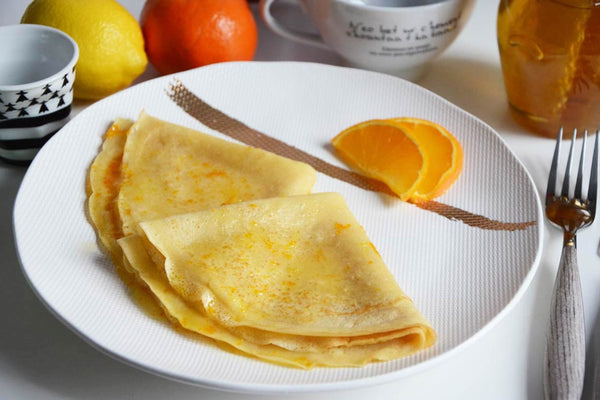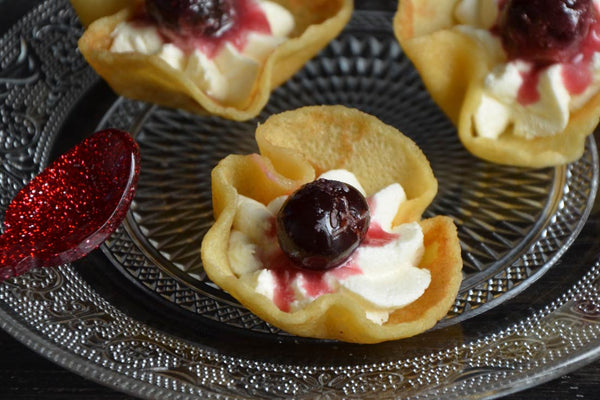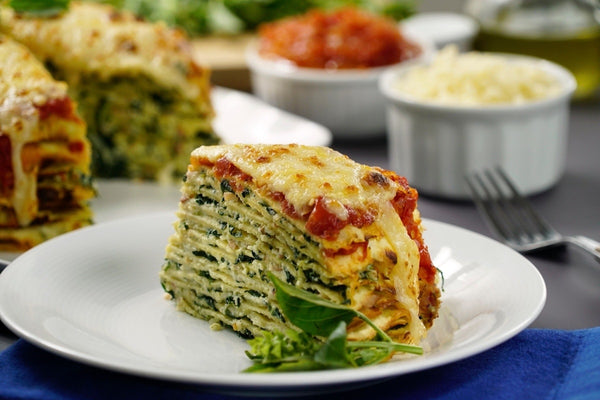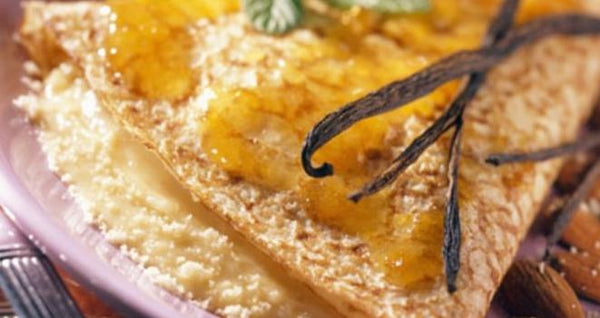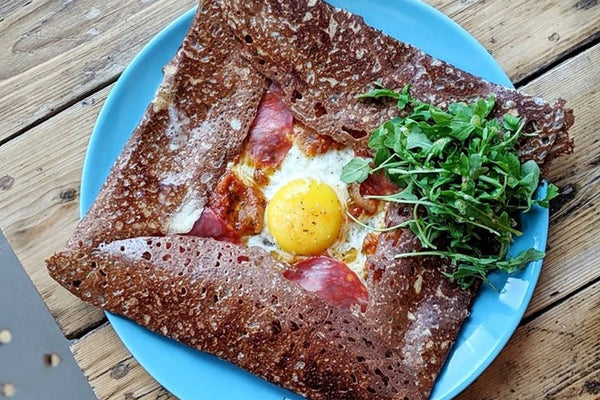Crêpes, the thin and delicate pancakes, have been a beloved French delicacy for centuries. From the sweet Nutella-filled crêpes to the savory ham and cheese ones, crêpes are a versatile treat that can be enjoyed at any time of the day. However, there's a unique tradition associated with making crêpes that has been passed down for generations – flipping them with an Ecu d'or coin in hand. In this blog post, we'll delve into the origins of this golden tradition and explore its significance in French culture.
The tradition of flipping crêpes with an Ecu d'or coin dates back to the Middle Ages when French farmers used to offer their freshly made crêpes to the lord of the manor on the day of Chandeleur, also known as Candlemas. Chandeleur falls on February 2nd, forty days after Christmas, and marks the end of the Christmas season. It's a significant day for Catholics as it celebrates the presentation of Jesus at the temple.
The tradition of making crêpes on Chandeleur can be traced back to ancient pagan beliefs, where people used to make round-shaped pancakes to represent the sun and celebrate the end of winter. When Catholicism became the dominant religion in France, the tradition of making pancakes on Chandeleur was assimilated into the Catholic calendar.
Now, coming back to the tradition of flipping crêpes with an Ecu d'or coin, it's said that the first person to flip a crêpe successfully on Chandeleur with an Ecu d'or coin in hand would have good luck for the rest of the year. The Ecu d'or was a gold coin that was minted during the reign of Louis XIII in the 17th century. It was a valuable coin that was used as a form of currency, and it became associated with the tradition of flipping crêpes on Chandeleur.
The practice of flipping crêpes with an Ecu d'or coin in hand gained popularity in the 19th century when it was mentioned in the works of French authors such as Jules Verne and Gustave Flaubert. In Jules Verne's book "The Mysterious Island," the characters use an Ecu d'or coin to flip their pancakes. Similarly, in Flaubert's "Madame Bovary," the protagonist Emma Bovary is described flipping her crêpes with an Ecu d'or coin.
The tradition of flipping crêpes with an Ecu d'or coin is still alive and well in France today. Families gather on Chandeleur to make and flip crêpes together, with children eagerly waiting to see if they can successfully flip their crêpes with an Ecu d'or coin in hand. The tradition has become an integral part of French culture and is a testament to the country's rich culinary history.
In conclusion, the tradition of flipping crêpes with an Ecu d'or coin in hand has a fascinating history that dates back to ancient pagan beliefs. The association with the Ecu d'or coin and the belief that it brings good luck has made the tradition even more popular. Today, it's an essential part of French culture and a way for families to come together and celebrate the end of winter. So, the next time you make crêpes, consider flipping them with an Ecu d'or coin in hand and keep this golden tradition alive.
References:
